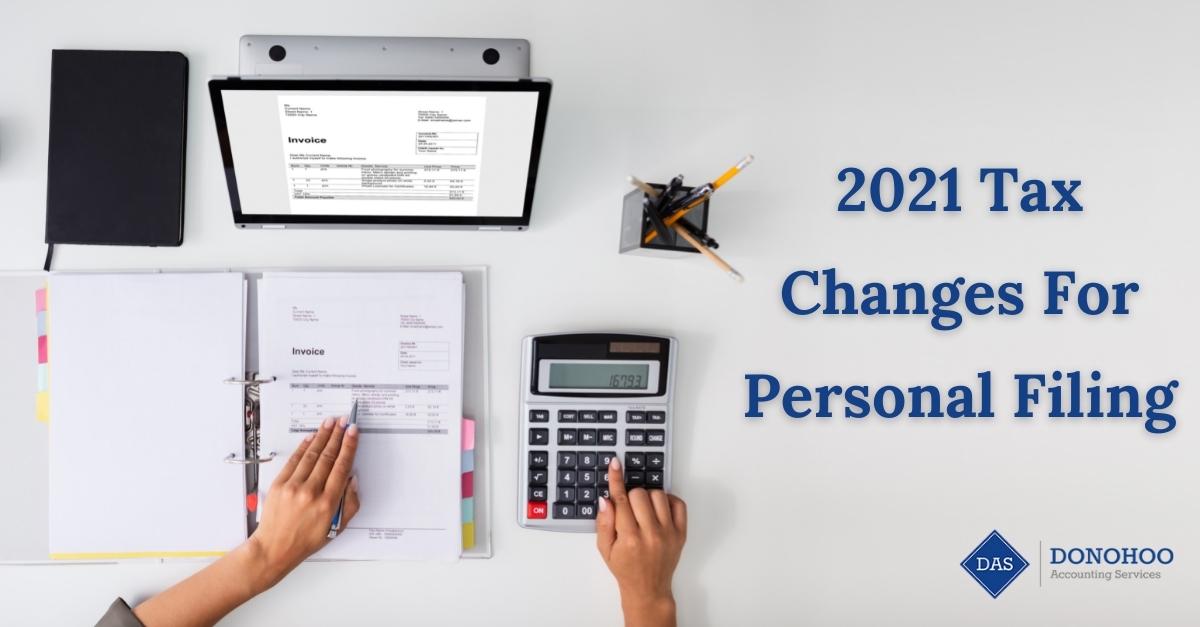Managing Student Loan Debt
The first step to attaining the career of your dreams is going to college. However, more Americans than ever are leaving their universities in a tremendous amount of debt, uncertain as to how they might pay it all back.
If you find yourself in this situation, know that you are not alone. With a little expert advice and savvy financial planning, you will be on your way to managing your student loan debt like a pro.
Step 1: Understand How Much Debt You Actually Have
Many students take out a variety of public and private loans to pay for their college expenses. Because these debts are paid to different creditors, it may be challenging to determine the total amount of your current debt. Contacting each of these creditors to determine the principal amount of the loan, as well as your interest rate, will help you to create a management plan that works best for you.
In some cases, consolidating your debt can be a good financial option. This helps keep things streamlined, and prevents you from missing any payments. However, the interest rates on consolidated loans are usually much higher, so be sure to explore all of your options before committing to consolidation.
Step 2: Make A Plan For Paying It Back
After determining your monthly loan payments, it’s time to integrate your loan payments into your monthly budget. Though it may seem like it makes sense to pay the exact minimum payment on all your loans, there are advantages to paying more per month on your loans with higher interest.
You’re losing the most money over time by not paying these back, so focus on paying them off, first. Additionally, if you have substantial credit card debt, you may want to pay that back before paying any extra on your student loans, as the interest rate is likely to be much higher.
Step 3: Apply For Other Repayment Options If Necessary
If your current monthly income doesn’t allow you to pay the required monthly payments on your student loans, you may be eligible for graduated or extended repayment. These options allow you to pay smaller monthly payments over a longer period of time.
Additionally, if you have federal loans, you can apply for forbearance. This is a process that allows you to stop payment on loans for a specified period of time. However, your loans still build interest during this time that is added to the principal amount you owe, so forbearance is by no means a permanent solution.
Step 4: Consider Public Service Forgiveness
Many public service jobs, like teaching, provide forgiveness for employees after working in the job for a certain number of years (usually three to five). This can be a good option for recent graduates interested in the education or public service field who have debts to pay.
Need help managing your student loan debt? The experts at Donohoo Accounting Services are standing by ready to help. We can help you make sense of your student loan debt, and answer any other financial or tax question you have for yourself or your business. Schedule a free consultation with us today! For more tips and our latest updates, check us out on Facebook, Twitter or LinkedIn!








